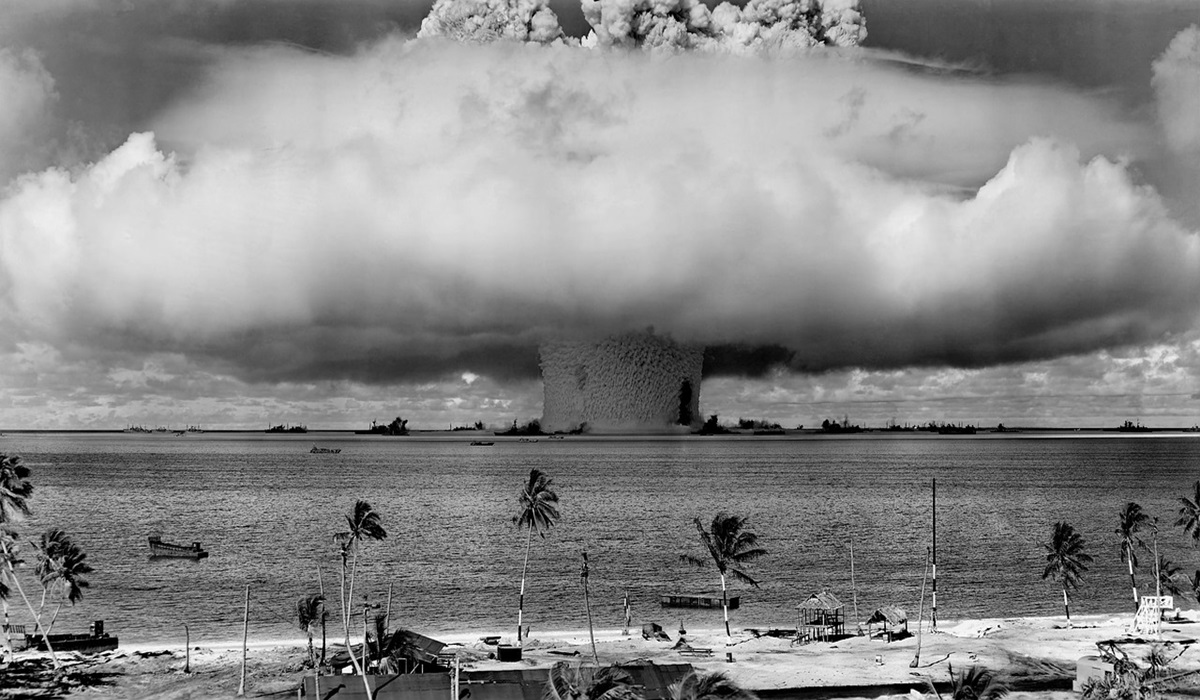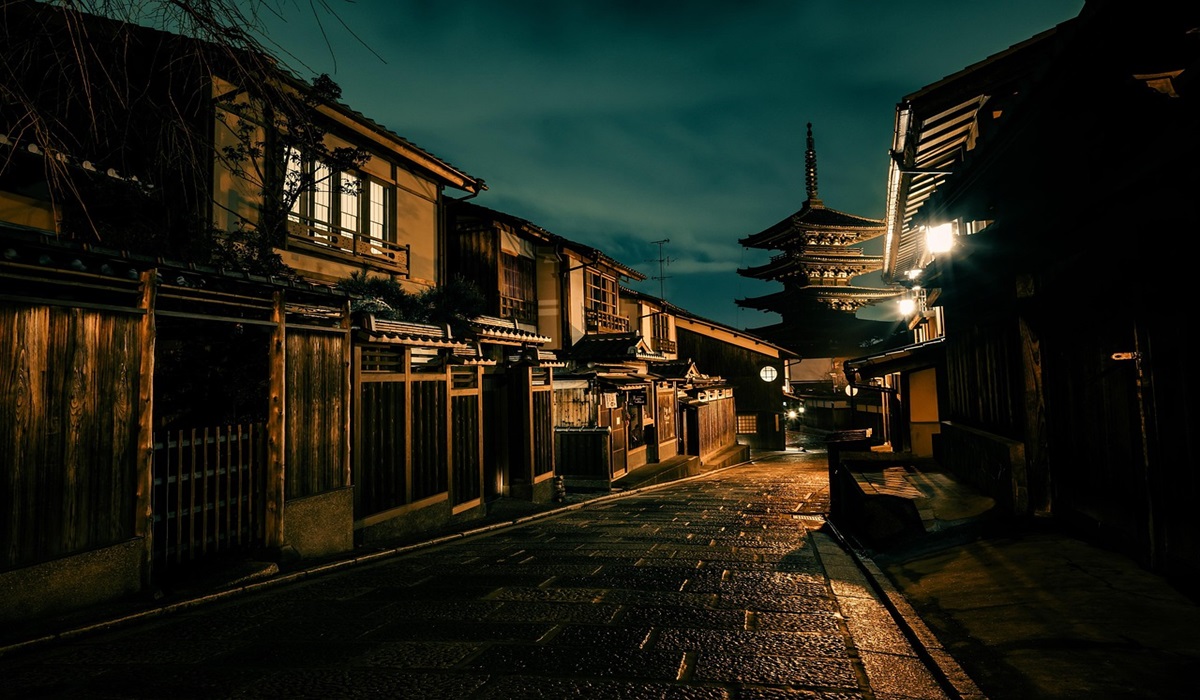80 Years After Hiroshima: Why the World Must Abolish Nuclear Weapons
- Kingston Bailey
- Trending News
- World News
- August 6, 2025

Image Credit, Wiki-iamges
Eighty years ago, on August 6, 1945, the United States dropped the first atomic bomb on the city of Hiroshima, Japan. Three days later, on August 9, a second bomb was unleashed on Nagasaki. In mere moments, two cities were transformed into ash and ruin. Over 200,000 people—most of them civilians—were killed instantly or died from burns, radiation sickness, and injuries in the days, months, and years that followed
It remains the only time in human history that nuclear weapons have been used in war. Eighty years later, the haunting question remains: Why? And perhaps more urgently: Why do these weapons still exist—more than 13,000 of them globally—and why hasn’t humanity outlawed them entirely?
The atomic bombings were justified at the time by the U.S. government as necessary to end World War II and save lives that would have been lost in a prolonged invasion of Japan. However, decades of scholarship have since questioned that narrative. Japan was already weakened, its navy decimated, cities firebombed, and civilian morale shattered. Some historians argue the real motive was to showcase power—particularly to the Soviet Union—as a warning of American supremacy in the postwar order.
Regardless of intent, the result was an atrocity. Hiroshima’s sky turned white as “Little Boy” detonated, leveling the city and vaporizing people where they stood. Shadows were burned into walls. Skin melted. Children screamed in agony, their faces unrecognizable. In Nagasaki, “Fat Man” unleashed even greater explosive force, obliterating neighborhoods and raining radioactive fallout on survivors for years.
There was no military necessity that could justify such mass death. There was no warning given to evacuate civilians. There was no second thought. And the world crossed a line that can never be uncrossed.
Survivors of the bombings, known as hibakusha, have spent decades testifying to the horror of nuclear warfare. Many suffered from leukemia, cancers, birth defects, and social stigma. Their stories are raw and heartbreaking—children who watched their parents burn, mothers who lost entire families, men whose bodies were permanently scarred and broken.
Yet despite their warnings, and despite the images etched into history, nuclear weapons were not abolished. They multiplied.
As of 2025, an estimated 13,080 nuclear warheads exist worldwide, according to the Federation of American Scientists. Roughly 90% belong to the United States and Russia. The rest are held by China, France, the United Kingdom, Pakistan, India, Israel, and North Korea.
And while many of these weapons are in storage or considered “retired,” about 3,800 are deployed, ready to be launched within minutes. The destructive power of today’s warheads far exceeds those dropped on Hiroshima and Nagasaki.
Let that sink in: we live in a world where a handful of leaders can, in a matter of minutes, destroy the entire planet.
The United Nations has repeatedly warned of the growing risk of accidental or intentional nuclear conflict due to rising geopolitical tensions, cyber threats, miscommunications, or terrorist acquisition. Even a “limited” nuclear war could kill tens of millions and plunge the world into a “nuclear winter” that collapses agriculture and leads to mass starvation.
This is not science fiction. This is our current reality.
Nuclear weapons have always been seen as tools of power, not defense. Countries maintain them for “deterrence”—the belief that the threat of mutual destruction keeps enemies from attacking. But this logic is fatally flawed. It assumes rational actors, error-free systems, and permanent peace.
It also legitimizes mass murder as a military strategy. The very existence of nuclear weapons means that the annihilation of entire cities is a political option.
And while treaties like the Non-Proliferation Treaty (NPT) and New START have reduced arsenals, they have not eliminated them. Worse, modernization programs are underway. The U.S. plans to spend over $1.5 trillion to upgrade its nuclear forces. Russia and China are doing the same.
Rather than moving away from extinction, the world is hurtling toward a new arms race.
In 2017, the United Nations adopted the Treaty on the Prohibition of Nuclear Weapons (TPNW)—the first legally binding international agreement to completely prohibit nuclear weapons, with the goal of their total elimination. Over 90 countries have signed it. But none of the nuclear-armed states have joined.
Still, the moral argument is gaining traction. Pope Francis has declared the possession of nuclear weapons “immoral.” The International Red Cross warns that no health system could respond to a nuclear attack. The hibakusha continue to plead: “No more Hiroshimas. No more Nagasakis.”
This is not just about policy. It is about human decency. It is about rejecting the belief that power is measured in how many people you can kill in a single instant.
Eighty years is a long time. But memory fades. Today’s generations have grown up under the quiet, invisible shadow of the mushroom cloud. They haven’t seen it. They don’t feel it. And that is dangerous.
The only way to honor the victims of Hiroshima and Nagasaki is to make sure it never happens again—to anyone, anywhere, ever.
We must abolish nuclear weapons—not reduce them, not manage them, not store them away for a “just in case.” Abolish them. Every last one. Because the cost of failure is not another war. It is the end of civilization.
It only took one country to open this door. It must be all of us who close it.








